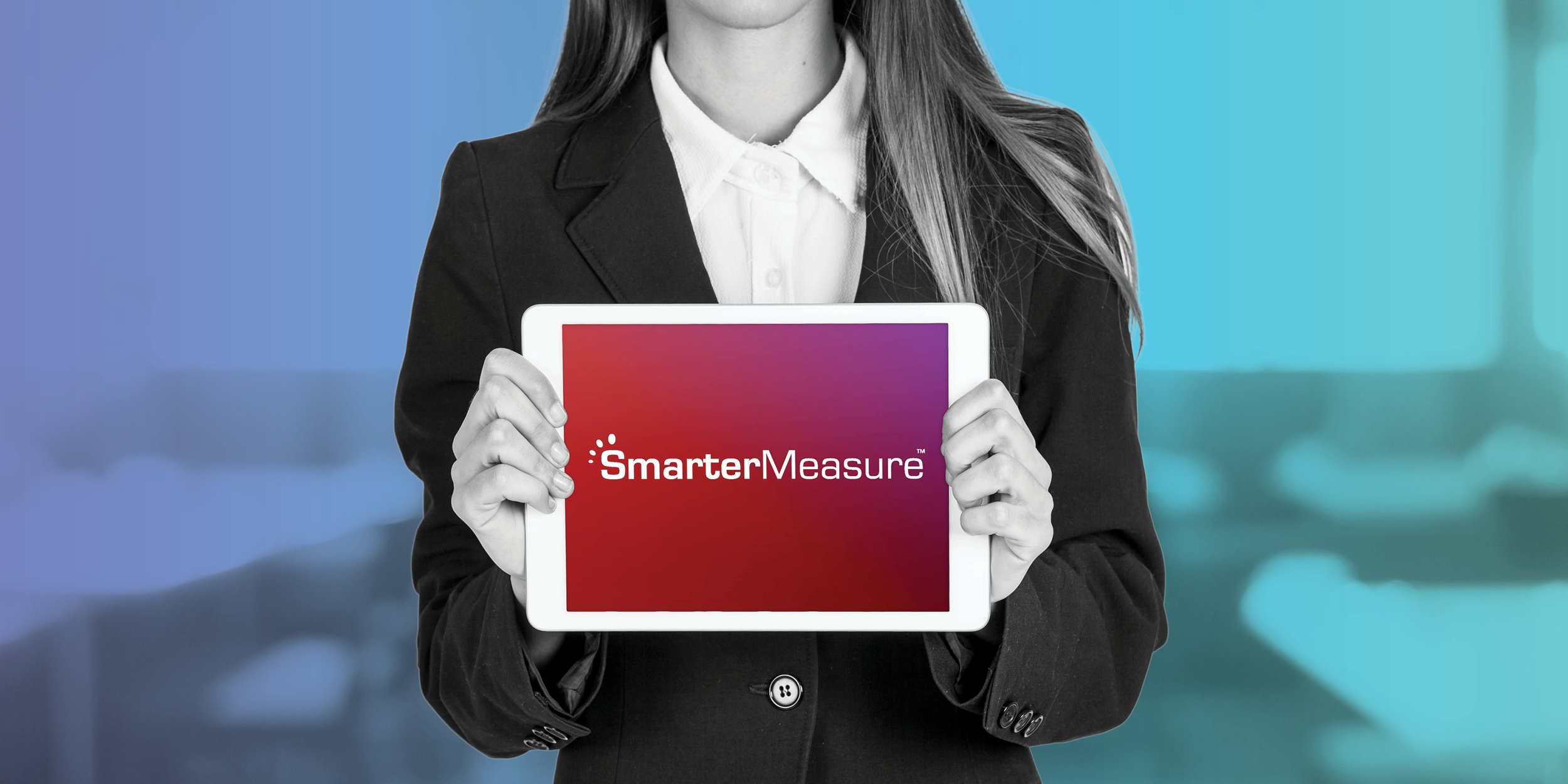
Due to the pandemic’s influence on society, many elements of life have shifted from a static, traditional structure to one with more choices — a hybrid structure. What elements of your life have shifted to a hybrid structure?
In this video and blog overview, I am going to explore several elements of life that have transitioned to more of a hybrid structure — including teaching, testing, and learning — the future of higher education, the challenges of hybrid teaching and testing, and a solution for a positive hybrid learning experience.
Don't want to watch the video? Keep scrolling to read the blog overview.
Blog Overview
Living the Hybrid Life
A Hybrid Way of "Going to Church"
I am a person of faith and a weekly gathering with a community of similar believers has always been a highlight of my week. In fact, most of my educational background is in religious studies with an undergraduate, graduate, and professional degrees in Bible and Ministry. Adding to that, for about a decade I taught an undergraduate course at a state University that was an overview of world religions. Historically, when you look at the expression of religion it has almost always involved ceremonies and celebrations face-to-face with a group of like-minded persons. In our Southern vernacular that is why we say we “Go to church.”
But for over a year, I did not “go to church.” I watched church online. This experience allowed me to reframe worship within the small group of my immediate family. It also afforded me the opportunity to “watch church” of several other groups whose physical assembly I likely would have never attended. More recently as my family has been able to travel, the ability to “watch church” has allowed me to remain connected with my local church family even when I am hours away.
A Hybrid Way of "Going Shopping"
Before the pandemic, another frequent activity was “going shopping.” Sometimes if there was an item that I could not find locally I would order it online, but for the most part, the task of walking around a store, looking at objects, maybe even picking them up, and reading the packaging was a regular occurrence.
But at the beginning of 2020, I became much more adept at and comfortable with the act of shopping online — even if I could not pick up and feel the objects. Then as Christmas 2020 approached, and for the first time in my life I bought more presents online than I did from a physical store — how about you?
A Hybrid Way of "Going to Work"
In addition to “going to church,” and “going shopping,” another ritual for me across my career has been “going to work.” My work life started as a bag boy in a grocery store. Later, I was an Admissions Counselor for a University. Then I climbed the ranks of other educational administration roles — but for all of them, I had an office that I had to go to.
But in 2002 when I founded SmarterServices, from its inception it was a virtual company. This initial decision was partly because I did not quit my day job for several years. Also, we could save money by not leasing office space. But mostly it seemed like the right thing to start a company that was providing an online service that the work of the company could also be done online.
In 2015, a private equity group invested in the business and they felt that we should be working from an office. So over time, three offices were established in Alabama, Michigan, and Pennsylvania. But then March 2020 came and everyone returned home. Fortunately, one of our green initiatives was "Work From Home Wednesday." So, all employees were already equipped with computing devices and Internet access at home. Recently, we made the decision that moving forward the company would be “Remote First” meaning that while we still have physical offices, most employees primarily work from home and we only congregate at the office on special occasions.
What does the future hold?
I don’t have a crystal ball, but it seems to me that even after the COVID-19 virus is under control, that I will continue not to have to “go” to as many places as I did before. I like the option of watching the worship service of my church and/or several others. I have already started Christmas shopping online for this year and am getting an earlier start than even last year. And now our company is back to its original roots of being a virtual company — I like that.
A Hybrid Way of "Going to School"
There is something else that I have done many, many times — “Going to School.” Throughout my elementary, secondary, undergraduate, graduate, and doctoral studies, one thing was in common — I went to school. I am dating myself here, but all of my formal education was pre-eLearning. Perhaps that is why I have been so passionate about being a champion for eLearning.
At SmarterServices, we believe that higher education is the best way to break the cycle of poverty. It thrills me to work with clients such as St. Francis College in Brooklyn, New York, which is one of the most diverse colleges in the nation. They have won awards for the social mobility that they have empowered their students with. It keeps us motivated every day knowing that the services we provide in the areas of learner readiness, authentication, and integrity are making eLearning a better experience for millions of students.
Before the pandemic, our main service was the SmarterMeasure Learning Readiness Indicator that uses non-cognitive indicators to inform students about their readiness for learning in a technology-rich environment. This assessment has helped about six million students determine the degree to which eLearning is a good fit for them.
But learner readiness was re-framed during the pandemic with students’ position toward eLearning being “ready or not, here it comes.” This shift also elevated the use of our other services – SmarterProctoring and SmarterID.
A Shift from "Wondering" to "Appreciating" Hybrid
During the pandemic, the only option for most students was to learn online and also to have the degree to which they learned be measured online — via virtual proctoring. At first, this was odd and uncomfortable for some students. I must admit that the first time I watched a church service online it was a bit odd for me as well. It left me wondering things like, “Am I supposed to sing along?" or “Do I stand now?”
But just like I now value the option to worship, shop, and work online, students are also now valuing the option to learn and have that learning measured in a controlled environment online.
Challenges and Solutions of Hybrid Learning
Another change during the pandemic was that testing centers closed. Many are currently back open but with limited capacity. This left the testing center employees at home with not really any work to do. Simultaneously, there were many faculty who recognized the high cost of live, virtual proctoring where you pay another human to watch a student take a test and then set out to do something about it themselves. Often these diligent faculty used video conferencing software such as Zoom to try to proctor their eLearning students. But this was a nightmare for most. It proved unmanageable for faculty to provide technical assistance as they tried to connect to Zoom. Then, without the assistance of artificial intelligence to spot anomalies, faculty found it almost impossible to closely monitor multiple students. Then there were FERPA issues and also complications for neurodiverse learners.
It was out of this need that several schools prompted us to provide a better option which is now called Hybrid Virtual Proctoring. It is powered by the anomaly detection of our artificial intelligence. It is supported by our professional support team who are available 24/7/365. It can maximize the use of school personnel such as testing center staff, faculty, teaching assistants, eLearning staff, etc. to actually serve as the live virtual proctoring. It truly does provide the deterrent level of live, virtual proctoring but at the much, much lower cost of automated proctoring.
"Hybrid" is the Word of the Day
As we emerge out of the pandemic, “hybrid” seems to be the word of the day. Much instruction is being done in a hybrid manner with some instruction being local and some online. The same thing is true for proctoring. Much of it is done online and as testing centers re-open some is moving back local. Faculty are valuing the proctoring modality choices which they can flex based on the rigor of the exam. Schools and their students are valuing the cost savings of Hybrid Virtual Proctoring.
We truly are living in a hybrid world.
To learn more about Hybrid learning and Hybrid Virtual Proctoring, check out these resources below:
- What a Positive Proctoring Experience Should Look Like
- Proctoring Without Panicking, Pestering, or Provoking
- Fear of Using AI in Virtual Proctoring? Your Institution has More Control than You May Realize.
- Institutions' Concerns About Virtual Prcotring Now Addressed with the Launch of Hybrid Virtual Proctoring
- A Proctoring Solution for Mixed Modality Instruction








